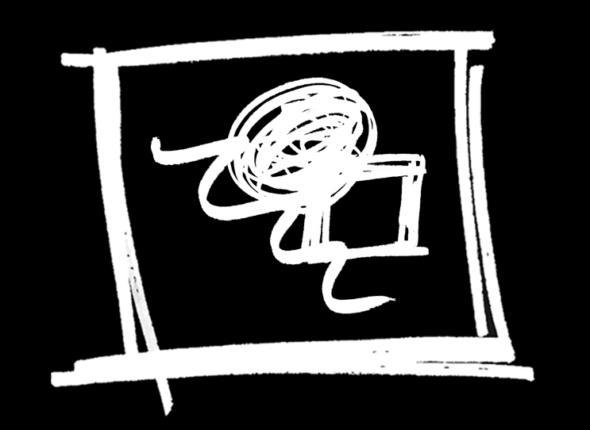-
-
-
-
The brainwriting method is a group idea generation technique similar to brainstorming, but it uses a written approach instead of verbal. Participants write their ideas or thoughts on paper and then share them with the group. This approach ensures that all team members have the opportunity to contribute their ideas without being influenced by others in the team. This process is structured and systematic, helping to ensure effective and balanced idea generation and divergent thinking from all team members. This method typically involves 6 participants who add 3 ideas every 5 minutes, hence it is also known as the "635" technique.
Implementation Steps of the Method
- At the beginning, the topic, problem, or question for consideration is displayed in a visible place in the room.
- All participants receive paper slips, cards, or forms to record their ideas.
- It is important to set an exact time frame during which participants should write down their ideas. This time is usually set at 5 minutes, during which participants are expected to record at least three thoughts.
- After the time limit expires, participants pass their paper slips to the neighbour on their left, continuing to add more ideas to the paper they received from their neighbours. Again, they are tasked with recording at least three ideas. This cycle of adding and exchanging ideas continues until each participant has recorded at least one idea on each paper.
- Finally, the recorded ideas are read out, discussed, and evaluated, often with the help of a moderator, to select the best and most suitable idea.
Tips
- In this method, it is not just short phrases that are exchanged; it is important to briefly describe and explain each idea.
- There are several variants of brainwriting that allow this method to be adapted to different situations and team preferences. These variants include Round-Robin Brainwriting, online Brainwriting, Brainsketching, and others.
Possible uses
- Development of a new product or service
- Marketing campaigns
- Education and development
The brainwriting method is a group idea generation technique similar to brainstorming, but it uses a written approach instead of verbal. Participants write their ideas or thoughts on paper and then share them with the group. This approach ensures that all team members have the opportunity to contribute their ideas without being influenced by others in the team. This process is structured and systematic, helping to ensure effective and balanced idea generation and divergent thinking from all team members. This method typically involves 6 participants who add 3 ideas every 5 minutes, hence it is also known as the "635" technique.
Implementation Steps of the Method
- At the beginning, the topic, problem, or question for consideration is displayed in a visible place in the room.
- All participants receive paper slips, cards, or forms to record their ideas.
- It is important to set an exact time frame during which participants should write down their ideas. This time is usually set at 5 minutes, during which participants are expected to record at least three thoughts.
- After the time limit expires, participants pass their paper slips to the neighbour on their left, continuing to add more ideas to the paper they received from their neighbours. Again, they are tasked with recording at least three ideas. This cycle of adding and exchanging ideas continues until each participant has recorded at least one idea on each paper.
- Finally, the recorded ideas are read out, discussed, and evaluated, often with the help of a moderator, to select the best and most suitable idea.
Tips
- In this method, it is not just short phrases that are exchanged; it is important to briefly describe and explain each idea.
- There are several variants of brainwriting that allow this method to be adapted to different situations and team preferences. These variants include Round-Robin Brainwriting, online Brainwriting, Brainsketching, and others.
Possible uses
- Development of a new product or service
- Marketing campaigns
- Education and development








